Use these 20 open-ended problem solving questions covering a range of mathematical concepts with your Grade 1 and Year 2 students.
Open-Ended Problem-Solving Questions
This set of open-ended problem solving questions for math have been created by an experienced teacher to encourage critical thinking and mathematical reasoning. These problem solving questions have been designed to suit students in Year 1 and Year 2. These engaging tasks help young learners develop confidence in tackling problem-solving questions in math while exploring different strategies and solutions.
This resource includes 20 open-ended problem-solving cards covering a range of mathematical concepts such as number, space, measurement, chance, and data. These cards encourage deep, thoughtful, and creative responses, with more than one possible answer—helping students explore possibilities and think outside the box.
Build Thinking Skills with Open-Ended Questions
Unlike traditional math problems with a single answer, open-ended problem-solving questions allow students to:
- Explain their reasoning and justify answers
- Explore multiple solutions and approaches
- Develop flexible thinking in math
- Work collaboratively and discuss strategies
These problem-solving cards can be used at the beginning of a lesson, as a group activity, or as an enrichment task for early finishers. Whether integrated into daily math lessons or used for extension activities, they help students strengthen their ability to think critically and solve problems creatively.
Engage Your Students in Meaningful Math Learning!
Designed to align with early years mats learning objectives, these problem-solving questions encourage students to apply their knowledge to real-world scenarios. S
Support your Year 1 and Year 2 learners in becoming confident and resilient mathematical thinkers!
Lindsey Phillips, a teacher in Michigan and a Teach Starter Collaborator, contributed to this resource.
More Problem Solving Resources for the Classroom
Looking for more problem solving resources to use in your classroom? We have you covered…
[resource:46112] [resource:4725976] [resource:46518]
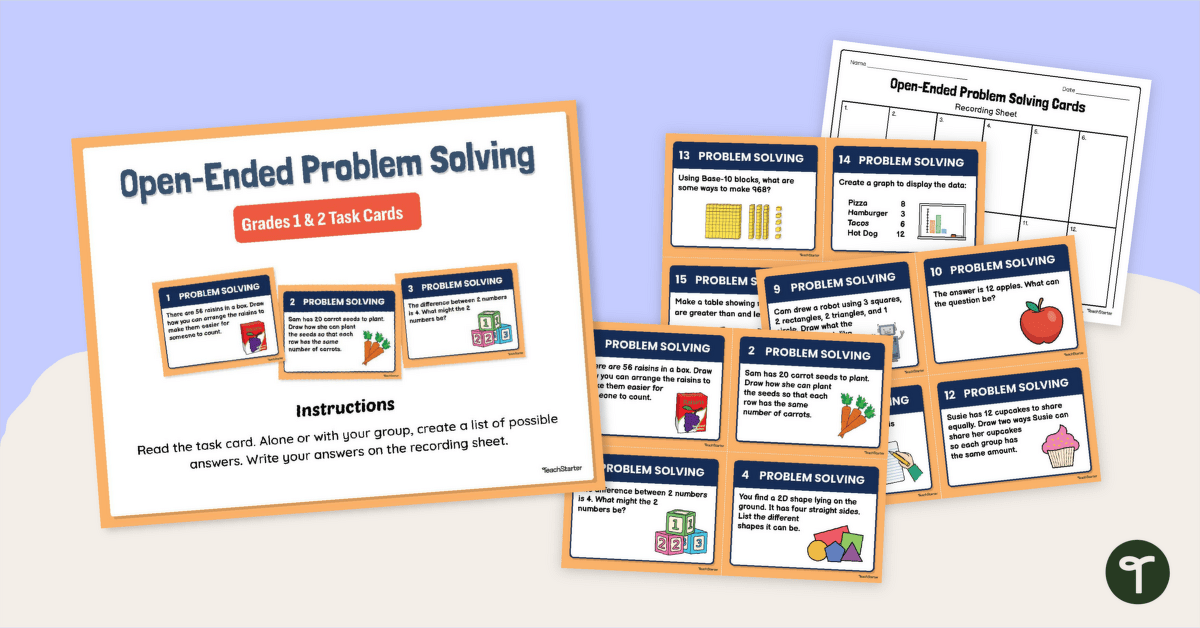

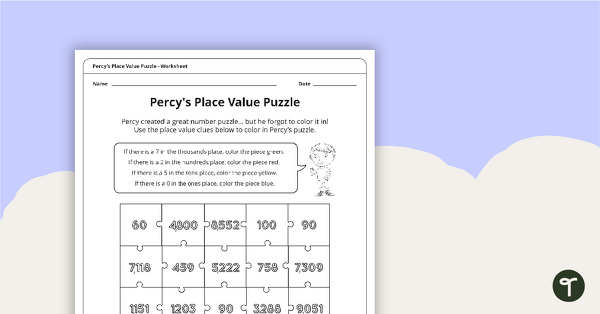
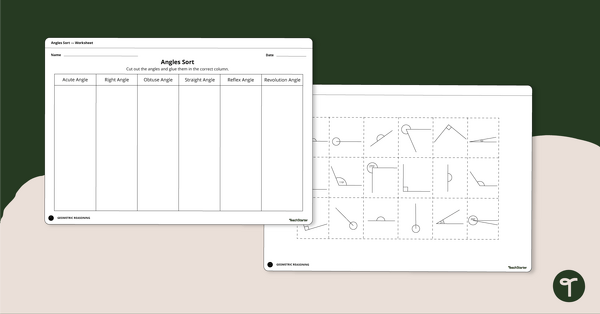
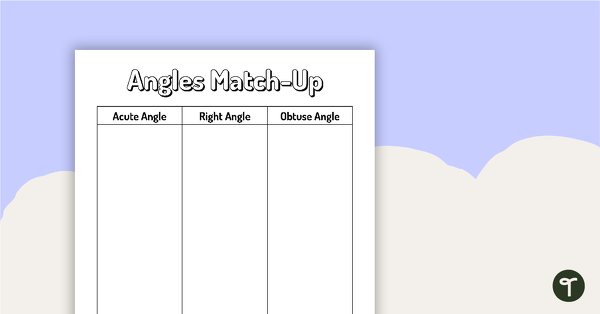
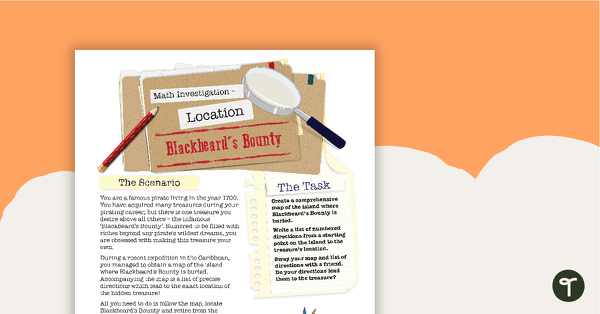
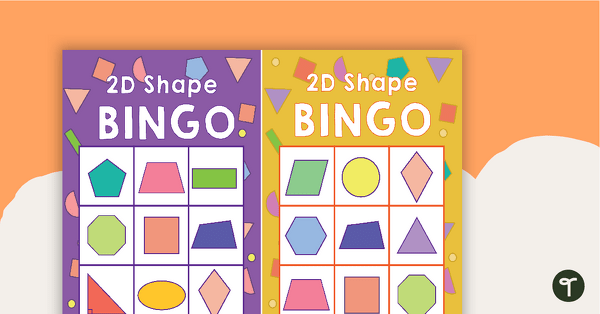
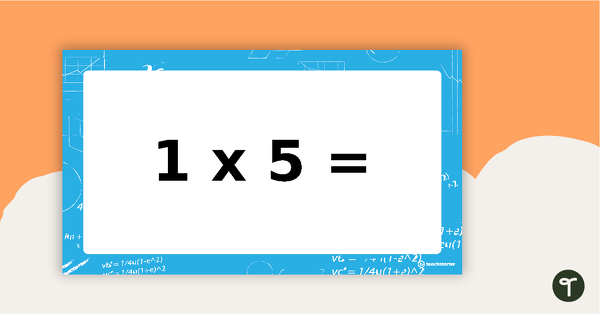
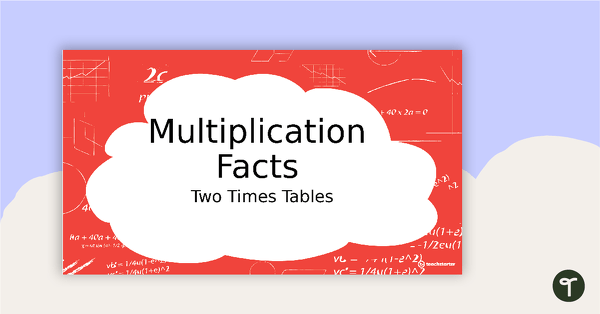
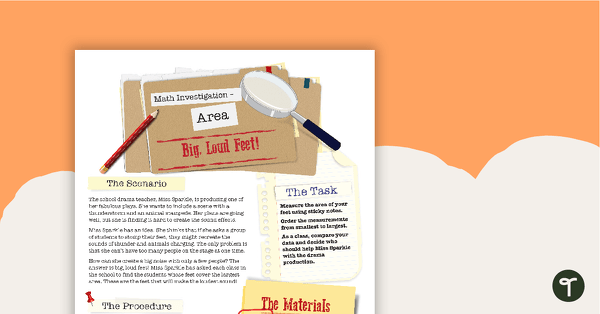
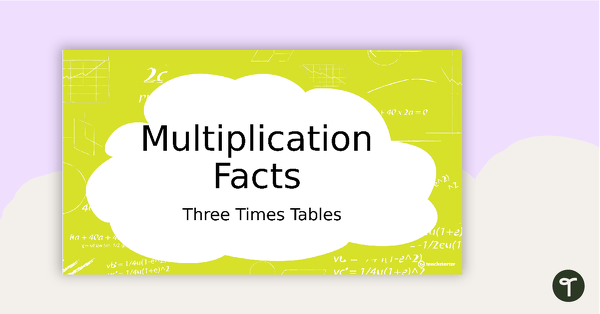
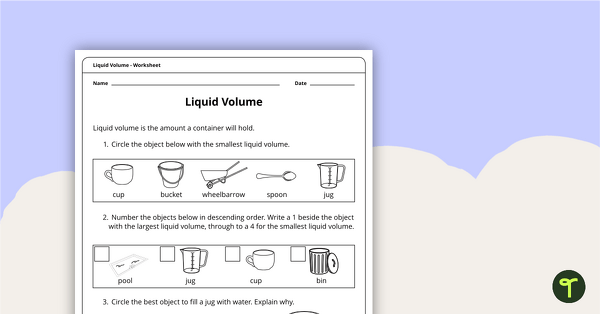
0 Comments
Write a review to help other teachers and parents like yourself. If you'd like to request a change to this resource, or report an error, select the corresponding tab above.